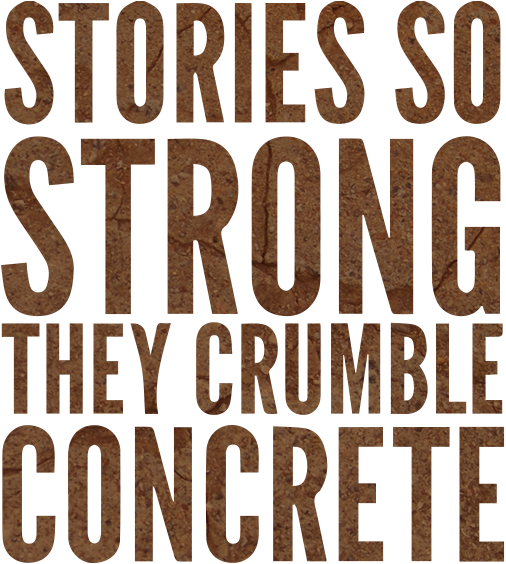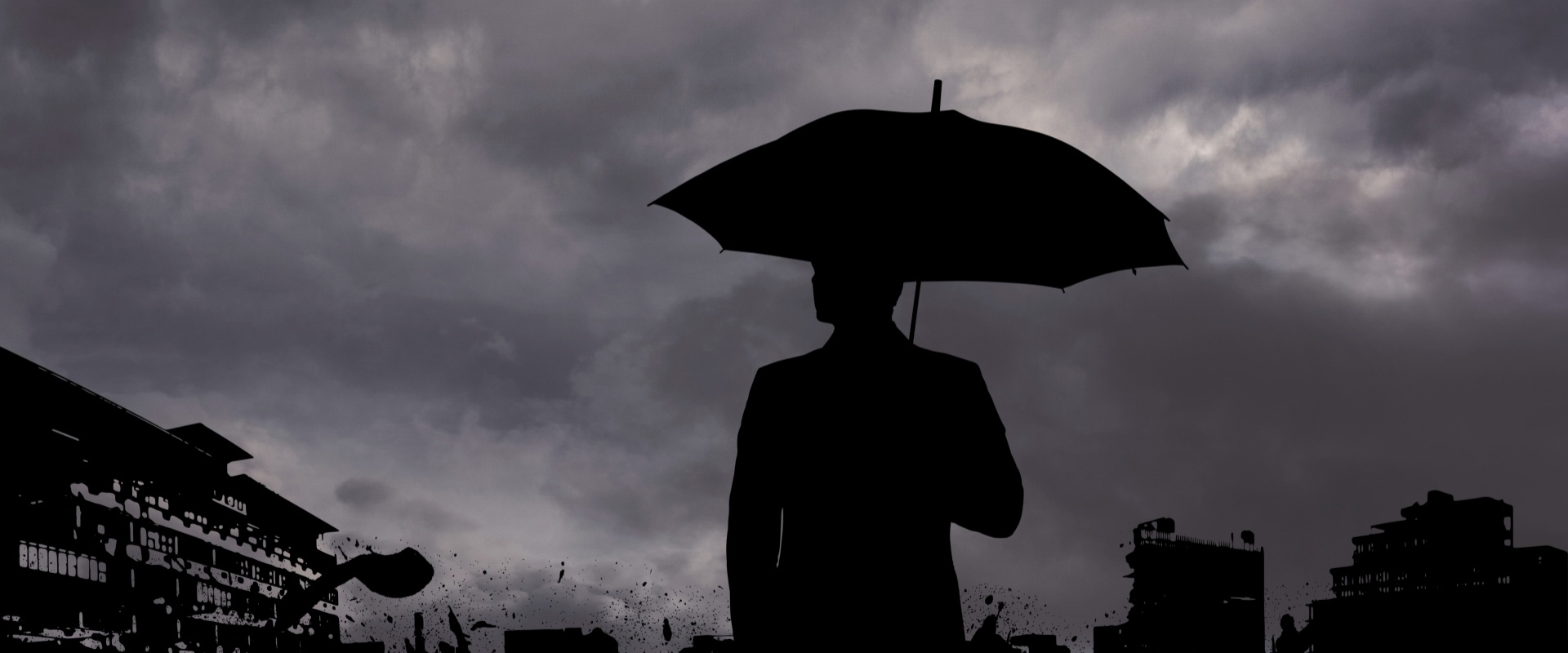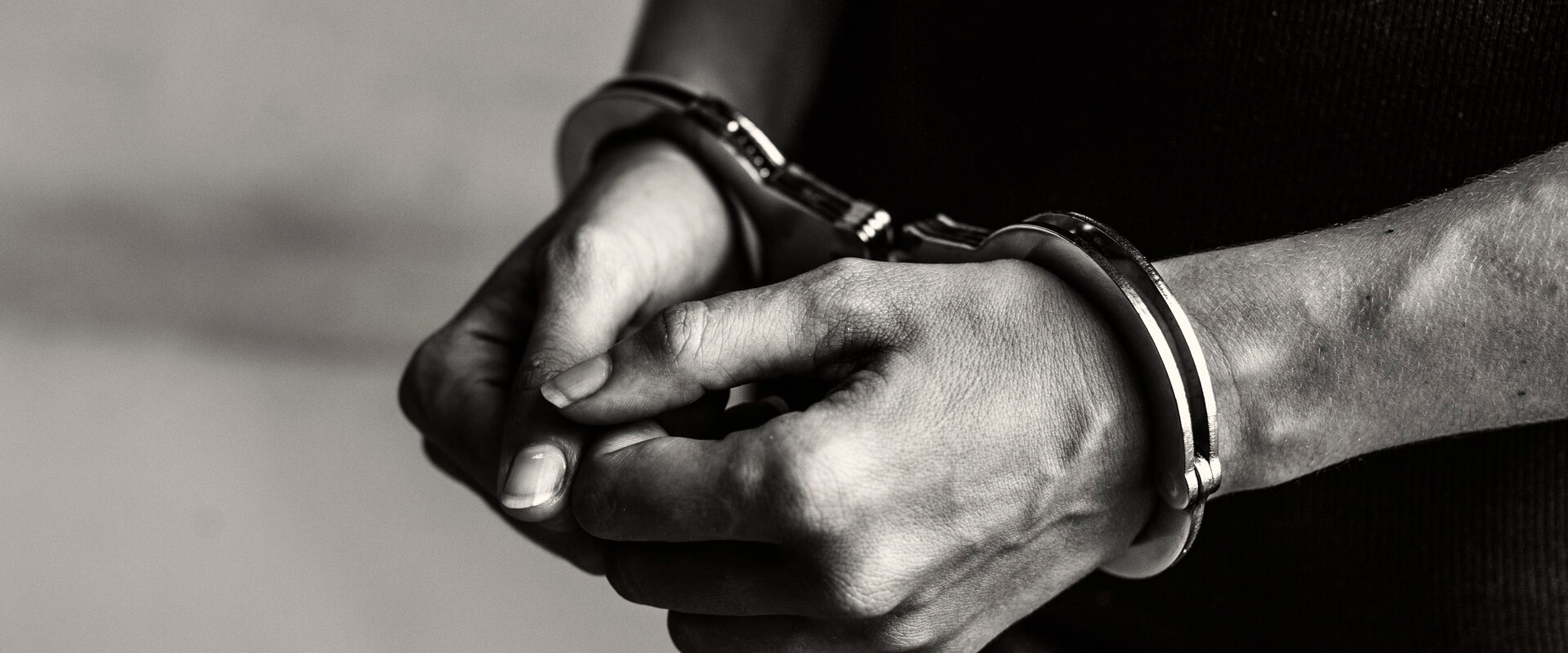Prison Industrial Complex
Right after 4:30 p.m. count on Halloween, there was the sound of a scuffle in D Hall. An alarm brought guards running from all parts of the yard. An ambulance pulled up to the back door of the hall in which we live. The attendant pulled open the back door, got back into the ambulance and backed the rear of the vehicle up to the door. Next thing we knew, a phalanx of guards came hot-footing down our hall toward the ambulance, three of them surrounding a tall, slim woman with her wrists cuffed behind her back, hair flying everywhere and a wild, terrified look in her eyes. She’d threatened to cut her wrists.
Later, we were locked down at 7:00 p.m. for the rest of the night. Even though several industrious inmates had worked hard to put on a Halloween party for the housing unit, with homemade decorations and cleverly-designed games and snacks, the guards squelched the fun and locked us down. They had to do “paperwork” on the cutter. Both are becoming more and more common, lock-downs and suicides. If it’s the weekend—-lock-down. If it’s a holiday—-lock-down. People are locked down and they become even more depressed, over and above the general pall produced by simply doing prison time. Bam! Another suicide attempt . . . or worse, a success!
It’s suicide city at Central California Women’s Facility (CCWF). One prisoner said to me, “I’ve never seen so many people trying to kill themselves as I have in the last year. Sure, people die of natural causes . . . well, ‘natural’ prison causes like years of poor diet, no medical care, ever-present tension, but this suicide stuff!” As one of my roommates said, “It’s a madhouse.”
The warden was compelled by the rising rate of suicide attempts to issue a memorandum in August. In it, she assured the overcrowded, crammed-in-for-life masses that she is, “committed to insuring that you all have access to any level of mental health services you might need to address any mental health issues you may be experiencing.” Huh? More like, each attempt is a crazed reaction to emotional isolation in the midst of teeming predation. It is in prison that a human being comes to know that she really is, no matter what spiritual myths she may embrace to get her through each day, all alone in the universe.
Recently the CCCMS program was reevaluated. There are increasing numbers of CCCMS women in prison or it sure seems that way. CCCMS is pronounced Triple C-M-S. It means Correctional Clinical Case Management System. It is a designation for prisoners who are prescribed psychotropic drugs for behavioral management. CCCMS is enshrined in Title XV, the California Department of Corrections and Rehabilitation (CDCR) bible of rules and regulations, that spells out the direct supervision of California’s more than 173,000 prisoners in its prison industry. They may have been taking prescribed drugs on the street. Sometimes an inmate is given a medication to lower the incidence of anger and violence stemming from previous life experiences of abuse, whether personal, systemic, or both. Sometimes an inmate is medicated because of the way we are housed, woefully overcrowded, in dorm rooms, day rooms and the gym. Sacramento instructed mental health professionals to reduce the number of women prisoners at CCWF on behavior modification drugs because there are too many using them. “Get rid of the Topomax and Wellbutrin!” Often, pills are “cheeked” at the “hot med” window and sold . . .that is, bartered . . . for tobacco and food. Those pills were money in the bank—“were” because many women have already been precipitously de-scheduled from their meds. Part of the reason to control the medication rolls was the plan to merge 600 women prisoners into the state’s three women’s prisons from California Rehabilitation Center (CRC) which, until Spring 2007, had been a co-ed facility. A few went to Community Correctional Facilities but most were sent to “ugly beds” (halls, gym, floors) at California Institute for Women (CIW), Valley State Prison for Women (VSPW) and CCWF.
The impact of the CRC transfers had a dire impact on medical care. The prison industry’s health care is in federal receivership, no longer under supervision of CDCR. The receiver, Dr. Robert Sillen, got an email from a colleague, dated May 24, 2007:
“. . . I got a call form (sic) Dawn Martin at VSPW this am and they are being overwhelmed with the influx of inmates and custody has closed down some of the off site transportation which is now causing a delay in care. She stated that they were at 200% of capacity and that there were inmates on the floors. She does not know how she is going to deliver care to these inmates.” This is the result of prison transport chaos on medical care. The mental health care that our warden assures us will be provided is similarly impacted. Sillen, in his supplemental Report Re Overcrowding in Spring 2007 wrote that CRC had 299 CCCMS inmates who would add to already-inflated CCCMS numbers at the other women’s prisons. He stated:
“Each of these receiving prisons is already overcrowded with CCCMS patients. As of May 25, 2007, for example, (i) CCWF was operating at 132% of its CCCMS capacity, its Reception Center was operating at 145% of its CCCMS capacity and its administrative Segregation Unit housed 24 CCCMS patients;(ii) CIW was operating at 101% of its CCCMS capacity, its Reception Center was operating at 75% capacity, its Administrative Segregation Unit housed 89 CCCMS; and, (iii) VSPW was operating at 154% of its CCCMS capacity, its Reception Center was operating at 129% of its CCCMS capacity, its Administrative Segregation Unit held 15 CCCMS inmates and its Security Housing Unit housed another 32. In light of the existing overcrowding at these facilities, the influx of still more prisoners to these facilities may strain the system to the breaking point.”
The “hot med line”, which operates at breakfast and at the evening meal and where prisoners pick up their psychotropic drugs, grew to an insupportable number last summer. The line took two-and-a-half hours to process. Of course not all “hot med” prisoners were getting psychotropics. Some get pain-killers and there is a large number of diabetics who get insulin that’s now being dispensed in their housing unit. But a large part of the “hot med line” did get them and something had to be done.
Prison psychologists have a huge caseload that they can’t handle with any efficiency. There isn’t time for proper evaluation on A yard, the receiving yard, of incoming inmates mental health conditions. Some scam the system. “Oh yeah, I was on such and such on the street. Yup!” All this prescribing of head meds got out of hand, so Sacramento stepped in.
From now on, lifers will be a non-priority. They’re not going anywhere anyway. More and more women, no matter what their needs, will be pulled off meds and taken off CCCMS status. Many now get drugs such as lithium that they consider less effective and which can have undesirable side effects. One reason lifer and long-termer needs can be degraded is that these inmates have acclimated and they don’t appear to cry out for help. However, taking people off CCCMS without a real diagnosis could lead to emotional explosions. One prisoner remarked, “I think they would want to cause explosions. I scares the outsiders. If a higher safety risk can be created in women’s prisons, Sacramento can show that women are as violent as men.”
CCWF and VSPW, our sister prison sited across the county road, together the largest mass of imprisoned women in one place in the world, were built per a dorm housing plan because women aren’t considered dangerous to staff and to each other. Originally the two prisons were designed for four women per room but that was in the last century. I was transported to CCWF in 2002. Since I’ve been here, there have always been eight women in every room. A couple of years ago, we wrote letters to legislators to beat back an attempt to cram another woman in for a total of nine per room.
CIW, built in the 1950’s with its two-person cells, is spoken of at CCWF in the hushed tones one uses to describe some kind of prison heaven. “Wow! Two! Only two people to a cell!” On the other hand, CIW’s dayrooms have been housing women in bunks since the 1980’s so, as common space, they’ve been off limits for a couple of decades.
With eight people in a room, women tend to achieve a natural ethnic balance. It makes it more difficult to cultivate the racially-based antagonisms that the “old CDC” (prior to the addition of Rehabilitation to the departments name and the U.S. Supreme Court ruling against racial separation in California’s prisons) has done so successfully among the state’s male prisoners.
However, as with the men, the ethos of violence, AKA “handling your business,” permeates women’s prisons. If a woman tries to kill herself, she’d better do a good job because, even if she has one, DNR’s are not routinely honored. Also, if a woman fails at her suicide attempt, she may get jumped for her ineptitude because she didn’t “handle her business” well.
There is no transfer from a room for a woman who feels or who is actually threatened until the inmate has tried, at least once, to “handle her business.” It’s all a bizarre situation. In the end, a transfer to another room with seven different women is no guarantee of safety anyway. Eight women living over and under each other in a small room, many for life, leads to patterns of behavior that would challenge brain surgeons or rocket scientists or ordinary Americans who never give a thought to how they’d manage to survive such an environment. We’re all dumped together. There’s no regard for an individual’s social or cultural history. Background other than crime history, is wiped out. Previous medical or mental health history, all of it, counts for nothing. The most deranged person runs the room because she terrorizes the others. She may be genuinely crazy or a run-or-the-mill bully. Short-termers can be subject to the whims of people who don’t have release dates. Lifers, who must face a parole board that grants no release dates, must deal with a short-term nut who threatens to beat everyone up for a spoonful of Folger’s coffee.
Cruelty and disdain are the way, ladled out by staff and inmates alike. Fights occur in broad daylight, resulting in fifteen guards descending on two women with cans of Orange Crush pepper spray drawn like six-guns. Perhaps a fight might be completely ignored if staff don’t feel like doing “paperwork”. Women walk around sporting black eyes like merit badges.
Write-ups abound, on the other hand, often for minor infractions. Short-termers get longer short terms and long-timers . . . oh, well . . . stay longer and longer, perhaps with a dollop of extra time in Ad Seg which can end up seeming like a vacation from the pandemonium of dorm housing. In Ad Seg, cells house only two people, a real plus. A prison thrives on chaos, moment-to-moment instability, and imminent threat. The rule is “never get comfortable.” The minute you do, everything changes. The atmosphere of eternal conflict prevents all solidarity among prisoners and keeps everyone fearful of and fighting with one another. It makes it easy for the staff to play people off against each other. Add mental illness to the list of ingredients and there’s a perfect combat stew bubbling away twenty-four/seven.




